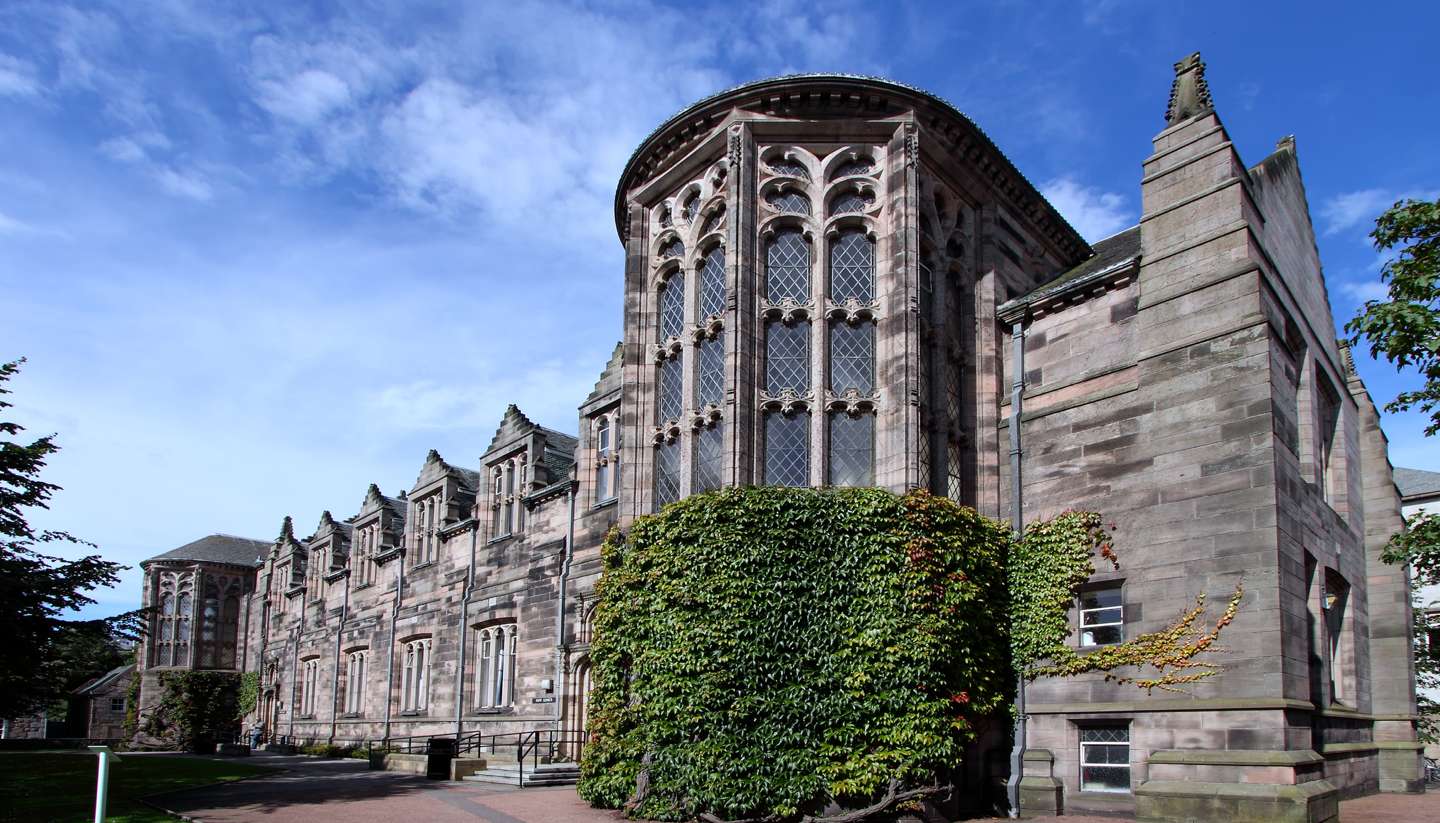Aberdeen Travel Guide
About Aberdeen
Aberdeen is Scotland's third largest city, balancing 8,000 years of history with a modern-day role as an oil industry powerhouse.
While Glasgow and Edinburgh might outrank it in size and style, a trip to Aberdeen today reveals somewhere with a modern pulse, strong heritage and a lively cultural scene. The country's largest national park and an imposing coastline both sit nearby. Aberdeen has become a city worth exploring in its own right.
Built on the banks of the rivers Dee and Don, Aberdeen is widely known as The Granite City - a reference to the hardy, silvery rock used in much of its iconic architecture. On sunny days, the city's buildings sparkle.
The heart of Old Aberdeen lies across the Brig O'Balgownie (one of the oldest bridges in Britain), and it's here that you'll find the 500-year-old King's College and its famous dome-crowned tower.
Elsewhere, prominent sights include the neo-gothic Town House in Union Street, the castellated Citadel on Castlegate, and the striking Marischal College on Broad Street.
Aberdeen's other face – that of the "Oil Capital of Europe" – comes thanks to the discovery of North Sea oil back in the 1970s, followed by gas. It helped transform the city from one of the poorest in the UK to one of the richest.
As a result of local transport, accommodation, and businesses improving, the airport and port expanded. A cosmopolitan vibe, busy arts calendar and buzzing café culture began to accompany the city's rise in fortunes. Annual festivals cover everything from jazz to science, while the dining scene now ranges from traditional tearooms to high-end restaurants.
The region has welcomed other visitor developments too. Donald Trump controversially opened a £1 billion golf complex, (the 'world's greatest golf course'), in Aberdeenshire in 2012, with a championship links course, a luxury hotel, and a golf academy.


